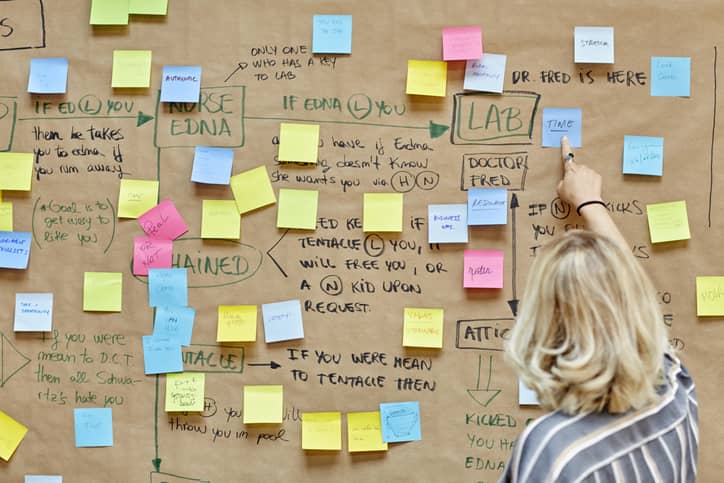In the past decade, more businesses than ever have emphasized sustainability as a core part of operations. Whether mandated by government regulations or generated from a sense of corporate responsibility and public interest, integrating sustainability into operations is a priority.
For those looking to maximize their efforts in this area, Six Sigma offers a structured methodology that can measure where an organization currently stands in terms of sustainability and help leaders develop a plan to make improvements.
According to research published in the Journal of Cleaner Production, the use of Six Sigma and Lean Six Sigma in sustainability is “becoming popular in research and practice.”
“The common approach in these studies is to identify a sustainability project followed by current state sustainability performance assessment,” the researchers wrote, “and then work towards improving sustainability performance using LSS tools.”
3M Helped Pioneer Six Sigma and Sustainability
One of the best-known examples of putting Lean and Six Sigma to work in sustainability comes from 3M, the Minnesota-based company that has long been a leader in green corporate initiatives.
From 1974 to 2005, 3M’s “Pollution Prevention Pays” program kept more than 2.6 billion pounds of pollutants out of the environment and saved more than $1 billion, according to data from the project provided to the federal Environmental Protection Agency (EPA).
The company also is a leader in putting Lean Six Sigma to use. In just five years, the company trained 55,000 in Lean Six Sigma and launched more than 45,000 Lean projects. Process improvement is now part of the corporate culture.
More than 70% of the Pollution Prevention Pays projects used Lean Six Sigma in one year alone, according to the EPA. This included projects that improved efficiency and product yield, but also reduced energy use, air emissions, greenhouse gas emissions and waste.
Six Sigma Tools Useful for Sustainability
In terms of specific tools for use in sustainable projects, the EPA offers examples that include the following.
- The 5 Whys: Asking “why” five times to get to the bottom of the cause and effect relationship and determine a problem’s underlying factors. In the area of sustainability, this process might involve asking why certain resources are wasted as part of an operation.
- Pareto chart: Used to determine the impact of a defect and the cost to fix it.
- Fishbone diagram: Also known as a cause and effect diagram, a fishbone diagram is a tool used to visualize defects and problems in an operation and brainstorm ways to eliminate them.
- Failure mode effects analysis: FMEA is a technique used to test an operation and determine the most likely areas of failure and process inefficiencies.
A Practical Approach to Sustainability
As the 3M case shows, in many ways sustainability is an offshoot of the main purpose of Lean Six Sigma, which is to make operations less wasteful. In the process of finding ways to make better products in a more efficient way, organizations also cut back on the resources they use.
The practicality is what makes Six Sigma so attractive for use in sustainability projects, Pete Rau, director and sustainability expert at EcoVadis, told Design News. “We’re seeing sustainability track with how manufacturing is regulated. Connected to that is the recognition that sustainability equals improved operability.”
Some of the improvements he’s seen include product design efficiency and better control of energy and water use. He said that “it’s absolutely correct that Six Sigma is a factor” because of its impact on bottom-line efficiency.
Lean and Six Sigma are tied to sustainability for the very reason that they improve a process, reduce defects in products and reduce waste. Moving forward, more companies are expected to put this practical approach to work.



